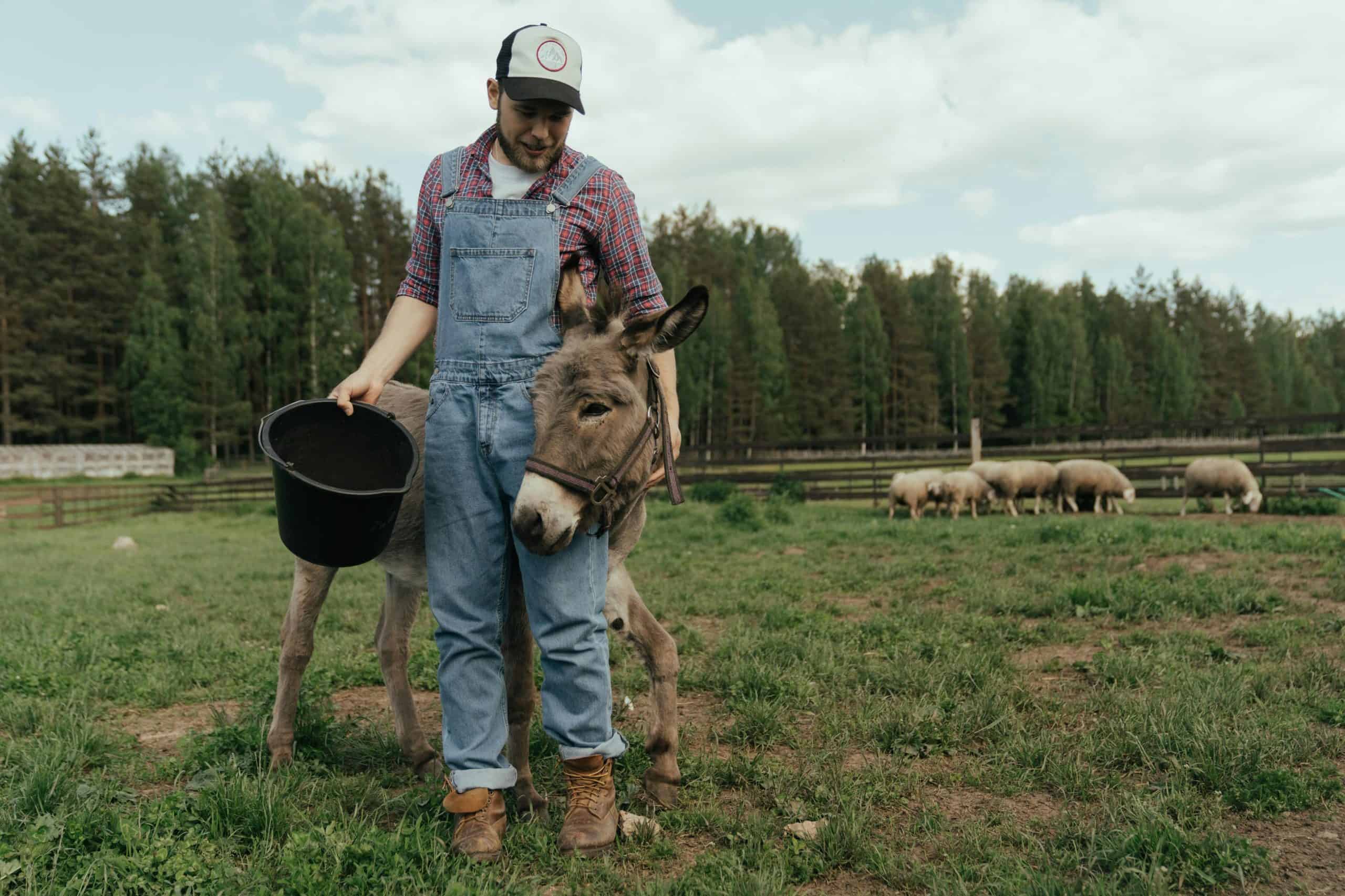Animal-Assisted Therapy | 8 Heartwarming Ways Pets Support Mental Health
Animal-assisted therapy is gaining traction as a transformative approach to mental health care. While dogs and cats often take center stage, the therapeutic benefits of animals extend far beyond household pets. From equine rehabilitation farms to livestock programs supporting parolee reintegration, animals are proving to be powerful partners in emotional healing, physical recovery, and social stability.
8 Ways Animal-Assisted Therapy Supports Mental Health

1. Emotional Regulation Through Nonjudgmental Presence
Animals offer a unique kind of companionship—one that’s free of judgment, expectation, or agenda. Whether it’s a rabbit nestled quietly beside a patient or a horse responding to subtle emotional cues, the presence of an animal can help regulate emotions, reduce anxiety, and foster a sense of calm. Studies show that petting animals increases oxytocin and serotonin levels, which are linked to emotional stability and stress reduction.
2. Physical Rehabilitation with Equine Therapy
Equine-assisted therapy is more than horseback riding. It involves grooming, feeding, and leading horses under the guidance of trained professionals. These activities promote motor coordination, balance, and strength, especially for individuals recovering from trauma or neurological conditions like stroke or multiple sclerosis. The rhythmic movement of horses has been shown to improve muscle tone and reduce spasticity, while the emotional bond formed during sessions enhances motivation and self-esteem.
3. Building Trust and Communication Skills
Working with animals requires clear, respectful communication. Horses, in particular, respond to nonverbal cues, encouraging participants to become more aware of their body language and emotional state. This dynamic fosters trust, patience, and interpersonal growth—skills that are essential for those navigating mental health challenges or rebuilding relationships after trauma.
4. Livestock Programs for Parolee Reintegration

Animal-assisted therapy isn’t limited to clinical settings. Rehabilitation farms across the U.S. offer parolees the opportunity to work with livestock, providing structure, responsibility, and emotional support. These programs have shown success in reducing recidivism and improving mental wellness by offering a safe environment where individuals can reconnect with purpose and community.
5. Security and Comfort for Those Living with Fear
For individuals coping with PTSD, anxiety, or phobias, therapy animals—especially dogs—can offer a profound sense of security. Trained to detect emotional distress, these animals provide grounding and reassurance during moments of panic or vulnerability. Their presence can help clients feel safe enough to engage in therapy and explore difficult emotions.
6. Social Connection and Reduced Isolation
Animal-assisted therapy often takes place in group settings, where animals act as social facilitators. Whether it’s a therapy dog easing tension in a support group or a bird sparking conversation in a senior center, animals help bridge social gaps. This is especially beneficial for individuals experiencing loneliness, social anxiety, or developmental disorders.
7. Cognitive Engagement and Memory Recall
Interactions with animals can stimulate cognitive function, particularly in individuals with dementia or brain injuries. The sensory experience of petting, feeding, or observing animals has been linked to improved memory recall and temporal sequencing. Therapy animals often serve as catalysts for storytelling and emotional expression.
8. Motivation and Joy in Therapeutic Settings

Animal-assisted therapy introduces playfulness and joy into environments that can otherwise feel clinical or overwhelming. Whether it’s a guinea pig nestled in a lap or a horse responding to gentle guidance, animals bring levity and motivation to therapy sessions. This emotional uplift can enhance engagement and long-term outcomes across a range of mental health conditions.
Final Thought
Animal-assisted therapy is more than a trend—it’s a testament to the healing potential of the human-animal bond. From equine farms to therapy dogs, rabbits, birds, kittens, and livestock, animals offer comfort, connection, and a path toward emotional resilience. As research continues to validate its benefits, this modality is expanding into diverse settings, offering hope and healing to those who need it most.
This article is for informational purposes only and does not constitute medical advice. Individuals seeking mental health support should consult a licensed professional to determine appropriate treatment options.







